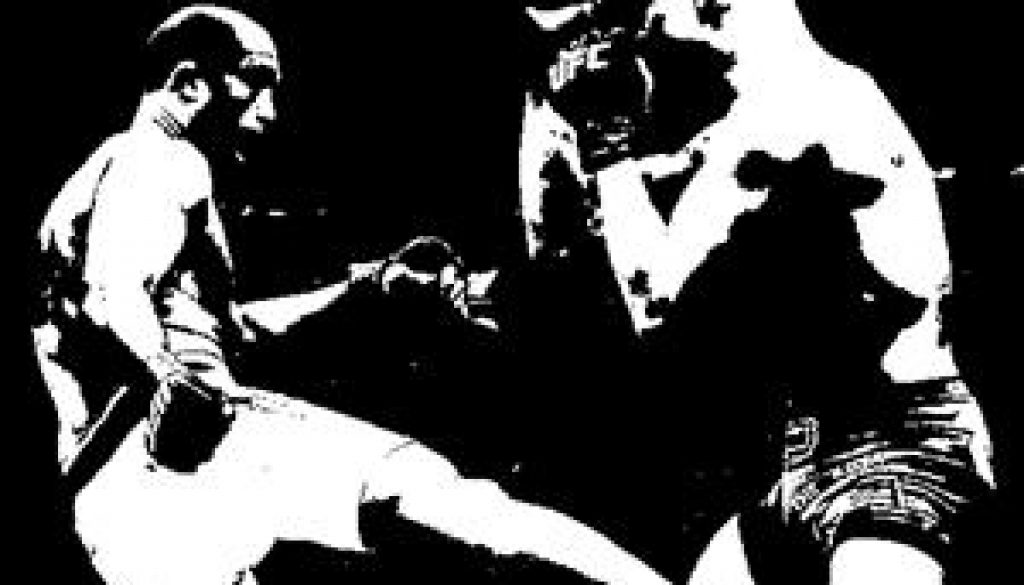Study the opponent: concepts and applications
After seeing something about the opponent study, we see now some specific applications and elaborations of the data that we may collect about him.
Here is a series of concepts to think about in the configuration of our strategy and tactic preparation:
- Knowing the pace of our opponent allows us to predict where he will be before he effectively wil be there as well to wait him in that time-space for a decisive attack
- Assess the opponent’s agility (in relation to ours) helps us to understand whether it is worth to try to put him in condition to lose his balance or not
- Test the opponent’s reflexes (in relation to our) can help us to choose to fight at a short distance, to keep him away or if we must decide to “limit” the advantage bringing him to the ground
- Analyze the opponent body power can tell us if we can use our physicality to impose us on him, whether and how we should deal with his aggressions, if we can attack without ( “too much”) regard to defense or if we are forced to wait for the ideal moment
- Understand who has the most breathing capabilities gives us a key input on the times that we have to end the fight, if we can wait for the opponent is tired or if we are forced to rapidly try to catch decisive advantages
- Understand the distance that the opponent can cover with dangerous attacks gives us the extent to which we can stay near him, shows us where we can attack and, above all, gives us a scale of priorities about what we really have to defend from
- Understand the style of fighting (on this we will insist a lot) or even the “dominant” martial art of the opponent is a huge advantage (as long as we are educated enough to understand it); with this information we can in an instant have an idea about his type of training, attacks, defenses, strengths, weaknesses, etc.
- Understand the skill level through the quality of the opponent’s physical / mental attitude gives us the measure of what we can risk to try and what not, how much we need to develop our strategy and above all how much we must strive to become unpredictable
- Understanding the dominant side of the opponent’s brain gives us an “idea” about some priorities, like from which part we must defend and useful indication in respect to spatial situations that may return to our advantage / disadvantage
- Understand what limbs our opponent holds ready to use and what keeps in uncomfortable positions let us literally (with the growth of our ability) to “read” in his mind his next moves (more about this later)
- See where the eye look, often, gives us an indication of what and with what the opponent wants to interact (both in defense and attack) but to do not fall into easy pitfalls we should always wait for precise confirmation movements, and in any case we must be ready to alternative developments ( especially if we are conscious of addressing an expert)
- The type of attitude that keeps the opponent gives us details on his level of preparation and on the frequency with which he has been in similar struggle situations; based on this, from time to time, we have to decide whether it is convenient to appear more or less determined / experts in respect to how we really are
- The fighting method of the adversary (relentless attack, defense to the bitter end, etc.) helps us to decide whether it is risky to give it time, if we do not have to give him respite, or if it is possible / useful search for small times (to recover energies and / or to prepare a tactic (we talk on the maximum of a few seconds)
- Compare our body shape with the opponent’s one allows us to understand how to connect decisive things such as the relationship between our center of gravity and his, the leg length ratio, weight, etc. (more about this in future)
- Discover finally his habits and attitudes, such as favorite (defensive or offensive) techniques, recurrent directions, points of support, instability, body parts that are less conditioned, discovered or discovered on a regular basis (etc. ) offers us the opportunity to make highly effective attacks / defenses
With his attitudes and habits in our hands we have only to study the right reactions to his actions by setting our own.
In the next article we will discuss how to limit the number of signals that we send to our opponents.
Author: Master Kongling
Founder of 6 Dragons Kung Fu.
How to master 6 Dragons Kung Fu?
Are you searching for:
- Daily training exercises?
- Synthetic theory and concepts?
- A step by step path from white to black belt?
- A path (clear, consequential and gradual) designed to build real martial skills?
- A direct contact with Master Kongling?
Go to our Patreon page and choose a training plan: starting from the Practitioner level, you will gain access to all this and much more.
Inside each Premium Lesson, you will receive the same teaching (practices, tips, concepts, small secrets and corrections) reserved to the live students of Master Kongling.
Important - Once a certain number of registrations are reached, no other participants can be accepted. For more information write to: [email protected].










March 3, 2020 @ 1:56 am
Interesting
March 10, 2020 @ 11:22 pm
😉
July 2, 2023 @ 7:22 am
I find this article very interesting! When the one about limiting the signals we send to our opponents is published?
January 9, 2025 @ 8:23 pm
You are subscribed, you will be notified 😉